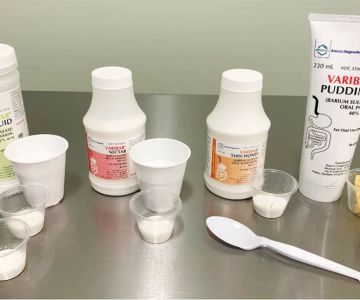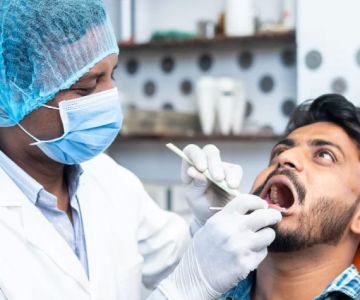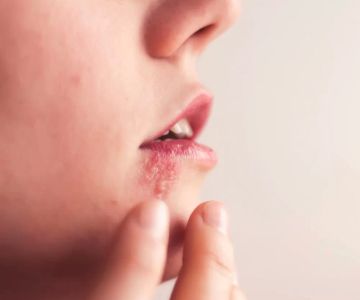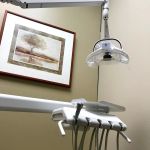Understanding Oral HPV and Its Importance
Human papillomavirus (HPV) is a common virus with many strains, some of which can infect the oral cavity. Oral HPV is increasingly recognized as a risk factor for certain types of throat cancers, especially oropharyngeal cancers. Despite its prevalence, many people remain unaware of oral HPV and how to detect it early.
Checking for oral HPV is essential for early diagnosis and treatment, which significantly improves outcomes. Awareness about the signs and symptoms, along with regular screenings, plays a vital role in managing oral health risks.
Recognizing Signs and Symptoms of Oral HPV
1. Common Symptoms to Watch For
Oral HPV often does not cause immediate symptoms, which is why regular screening is important. When symptoms do appear, they can include persistent sore throat, difficulty swallowing, ear pain, or lumps in the neck. White or red patches in the mouth or on the tongue can also be warning signs.
Sometimes, warts may develop in the oral cavity or throat, though this is less common. Because these symptoms can mimic other less serious conditions, professional evaluation is critical.
2. Understanding the Risk Factors
People who engage in oral sex, have multiple sexual partners, smoke, or have weakened immune systems are at higher risk for oral HPV infection. Men are statistically more likely to develop HPV-related oral cancers than women.
Methods for Checking and Testing for Oral HPV
1. Visual and Physical Examination by a Dentist or Doctor
During routine dental visits, dentists may perform an oral cancer screening which includes inspecting the mouth, throat, and neck for unusual lumps, sores, or discoloration. This examination is non-invasive and crucial for early detection.
2. Specialized Diagnostic Tests
If a suspicious area is found, the healthcare provider may recommend a biopsy, where a small tissue sample is taken and analyzed for HPV-related changes. Additionally, there are HPV DNA tests designed for oral samples, although these are not yet standard for screening but may be used in research or specialized clinics.
3. Self-Monitoring at Home
While self-exams cannot diagnose HPV, individuals can check their mouths for unusual sores, lumps, or patches regularly and report any changes promptly to a healthcare professional.
Preventing Oral HPV and Maintaining Oral Health
1. Vaccination Against HPV
The HPV vaccine, widely recommended for preteens and young adults, protects against the high-risk strains of HPV that cause many cancers, including oral cancers. Vaccination remains one of the most effective preventive measures.
2. Practicing Safe Oral Practices
Limiting the number of sexual partners and using barrier protection during oral sex can reduce the risk of HPV transmission. Avoiding tobacco and excessive alcohol use also lowers cancer risk.
3. Regular Dental Check-Ups
Routine visits to the dentist for professional oral cancer screenings provide an additional safety net for early HPV-related changes, especially for individuals with risk factors.
A Personal Story: Early Detection Saved a Life
Mark, a 45-year-old man from Ohio, began experiencing mild throat discomfort and occasional ear pain. During his annual dental exam, his dentist noticed a small red patch on the side of his tongue. A biopsy confirmed the presence of HPV-related cellular changes. Thanks to early detection and treatment, Mark was able to undergo successful therapy before the condition progressed. His story highlights the importance of regular screenings and awareness.
When to Consult a Healthcare Professional
1. Persistent Oral Symptoms
Any sore, lump, or patch in the mouth or throat lasting more than two weeks should be evaluated promptly.
2. Known Exposure or High Risk
If you have risk factors such as multiple sexual partners or a history of HPV, discuss screening options with your healthcare provider.
How Dentistry Toothtruth Can Help You Stay Informed and Protected
Dentistry Toothtruth offers comprehensive oral health services including oral cancer screenings, patient education on HPV risks, and expert referrals for advanced testing and treatment. Their team is dedicated to helping families and individuals maintain optimal oral health through trusted care and reliable information.
For those seeking guidance or concerned about oral HPV, Dentistry Toothtruth provides a welcoming environment for thorough evaluations and personalized recommendations.







 Alan K Vance DDS5.0 (2 review)
Alan K Vance DDS5.0 (2 review) Puntillo and Crane Orthodontics4.0 (339 review)
Puntillo and Crane Orthodontics4.0 (339 review) Family Holland Dental4.0 (236 review)
Family Holland Dental4.0 (236 review) West Coast Dental of Gage3.0 (1043 review)
West Coast Dental of Gage3.0 (1043 review) Alameda Crossing Dental Group and Orthodontics4.0 (188 review)
Alameda Crossing Dental Group and Orthodontics4.0 (188 review) Mid-State Orthodontics5.0 (15 review)
Mid-State Orthodontics5.0 (15 review) The Importance of Oral Health Education During Pregnancy for a Healthy Pregnancy
The Importance of Oral Health Education During Pregnancy for a Healthy Pregnancy Best Tips for Brushing Your Teeth Properly for Healthy Gums: Essential Techniques for Oral Health
Best Tips for Brushing Your Teeth Properly for Healthy Gums: Essential Techniques for Oral Health Why Skipping Dental Checkups Can Lead to Bigger Oral Health Problems
Why Skipping Dental Checkups Can Lead to Bigger Oral Health Problems Advantages of Porcelain Dental Restorations
Advantages of Porcelain Dental Restorations How Can Diabetes Cause Tooth and Gum Problems? Preventing and Managing Oral Health Issues
How Can Diabetes Cause Tooth and Gum Problems? Preventing and Managing Oral Health Issues Healthy Habits for Promoting Good Oral Health and Hygiene: Tips for a Healthy Smile
Healthy Habits for Promoting Good Oral Health and Hygiene: Tips for a Healthy Smile